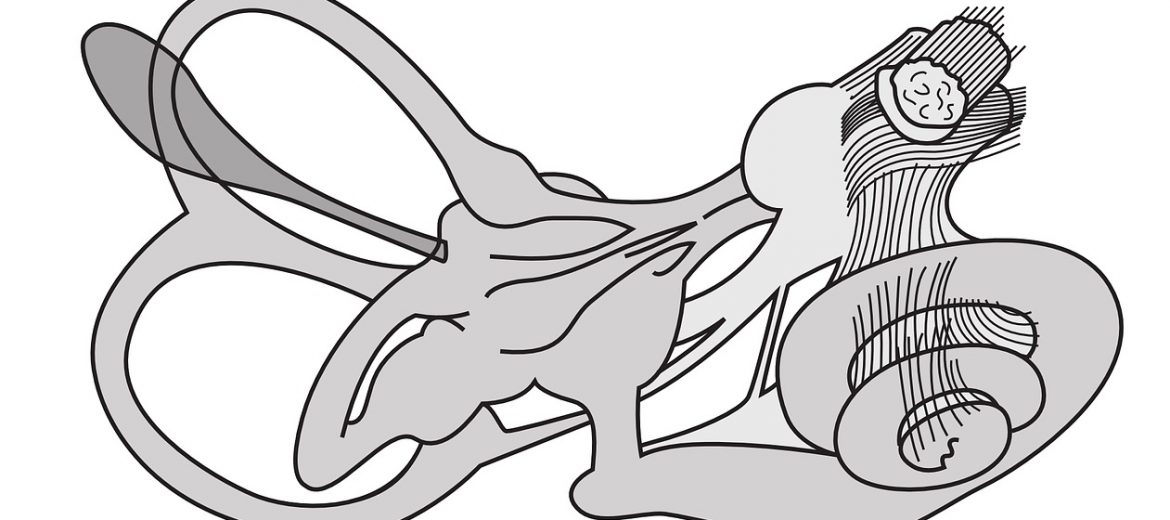Located in the inner ear, the cochlea is small but packs a mighty punch. The cochlear plays an important role, as it takes the sound vibrations that it receives and transforms them into nerve impulses. These nerve impulses are then sent to the brain, where they are translated into recognizable sounds. The cochlea is amazing, as it helps us perceive the sense that we refer to as “hearing.” In fact, the cochlea is considered to be the most complex part of the ear!
Learn more about this amazing organ with these amazing cochlea facts.
• The cochlea is responsible for changing sound vibrations and converting them to nerve impulses, which is then sent to the brain. Once forwarded to the brain, they are translated into recognizable sounds.
• The cochlea is incredibly tiny, as it is only as big as a pea.
• Everything we need to turn sound vibrations into sounds that we hear is in the cochlea!
• The cochlea is found in the inner ear, and it is filled with fluid. This fluid moves against the sensory hairs and changes the sound vibrations into nerve impulses.
• The cochlea contains over 20,000 hair cells, and they are spread along the distance of the cochlea.
• The hair cells in the cochlea are essential to hearing. If any of the cells were to become impaired, hearing damage occurs.
• The hair cells get moved in different ways by diverse sounds. This is how the brain can tell apart one sound from another.
• Damaged hair cells located in the cochlea can be bypassed by cochlear implants. Cochlear implants can directly stimulate the auditory nerve.
• The cochlea is Greek for snail. The name is fitting since the cochlea looks like a tiny snail shell.
• If you were to “unroll” a cochlea, it would be about 31.5mm long.
• The cochlea can become damaged by the aging process, drugs, toxins, disease, physical impact, and loud sounds. Unfortunately, the cochlea does not have the ability to heal itself.
• The petrosal bone protects the inner ear and the cochlea. The petrosal bone is known as the toughest bone in the human body.
• The first organ to develop completely is the cochlea. The inner ear and the cochlea are entirely formed 4 ½ months into a pregnancy.





